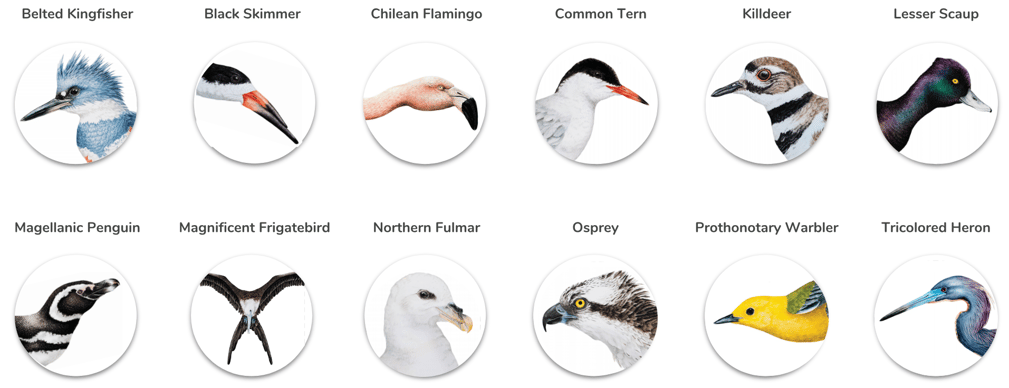What is World Migratory Bird Day?
Over 2,000 species − 20% of all known bird species – travel long distances to breed and feed.
World Migratory Bird Day aims to help people understand the importance of these migratory birds, the threats they face, and how to protect them and their habitats.
Celebrated on the second Saturday and May in October every year, this year's Migratory Bird Day falls on May 11 and October 12, and focuses on 12 species.
Although they come from habitats across the globe, the 12 all face one universal threat − plastics pollution.
It is estimated that 90% of seabirds already have plastic in their guts, killing one million birds every year.
The 12 species in focus this year are:

Learn more about these birds here.
Why do migratory birds matter?
Migratory birds travel great distances in search of the best conditions and habitats to feed, breed, and raise young.
While some flight paths vary, most species travel north to breed, and south during the winter.
Because they travel long distances, migratory birds have crucial roles across different regions – maintaining natural ecosystems and sustaining people’s livelihoods. These birds don't just control the numbers of pests and insects that would otherwise plague our natural environments and our crops - many serve as pollinators, moving seeds and nutrients across the world. In fact, the seeds of over 90% of all woody tree species are moved around by birds.
The growing threat of plastics
While migratory birds face numerous natural and human threats along their journeys,
one in particular has been on the rise and is our focus for this year − plastics.

.png?width=939&name=how%20plastics%20harm%20birds%20short%20header%20(1).png)
What can you do to help?




